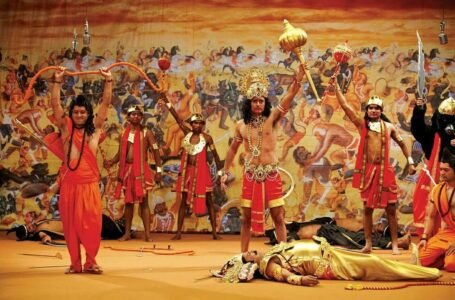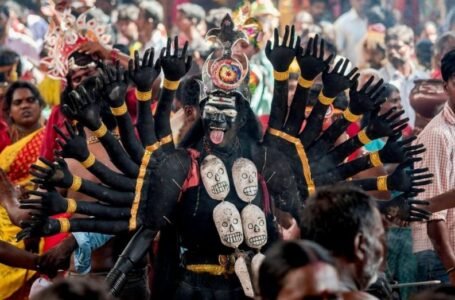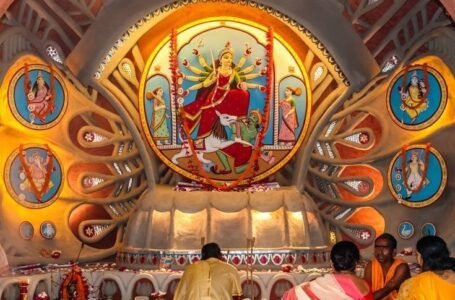Dev Diwali: The Festival of Lights for the Gods
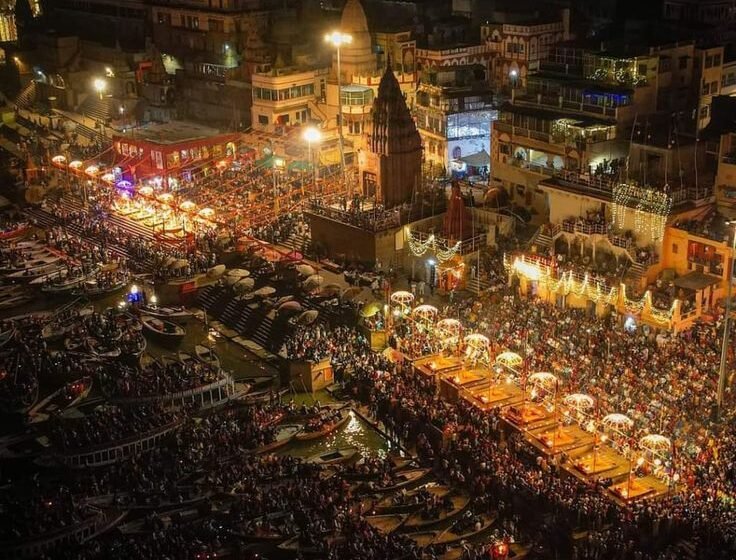
Dev Diwali, otherwise known as “Dev Deepawali,” is one of the most colourful and spiritually important Hindu festivals. The festival is observed fifteen days after Diwali on the auspicious occasion of Kartik Purnima. On this day, according to local beliefs, the gods are said to descend from the heavens to the holy city of Varanasi to participate in the festival of lights, referred to as Diwali.
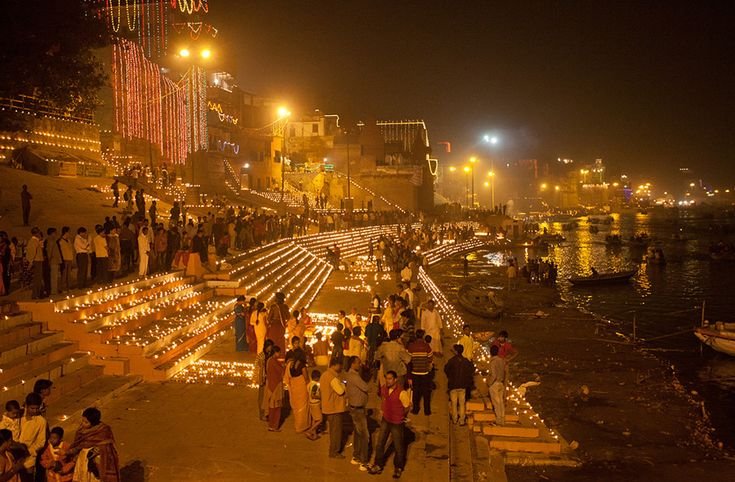
The Ganga ghats of Varanasi are ablaze with millions of oil lamps creating a breathtaking view that symbolizes the victory of light over darkness and good over evil. For millions of Hindus, the festival is a visual delight and an important religious and cultural event. Dev Diwali’s spiritual essence is deep in the Hindu mythology, and it is an occasion of lavish rituals, processions, and worship of the deity.
History of Dev Diwali
The history of Dev Diwali dates back to ancient times in old Hindu traditions and texts. Amidst all this spirituality, it was primarily celebrated in Varanasi, which is one of the world’s oldest continuously inhabited cities, having a rich heritage spanning thousands of years. Beyond this, early records also show that Dev Diwali has been a part of the spiritual life of Varanasi for more than a thousand years and, in fact, is inseparable from the holiness of the Ganges River, from which religious life was centred.
With the patronage of kings and local rulers of medieval India, Dev Diwali gained prominence in fostering and preserving Hindu religious traditions. The festival was indeed held with great pomp and show wherein rituals took place at renowned temples and ceremonies at the ghats. Dev Diwali still attracts pilgrims and tourists from all over the world as an expression of living traditions of ancient Hindu practices.
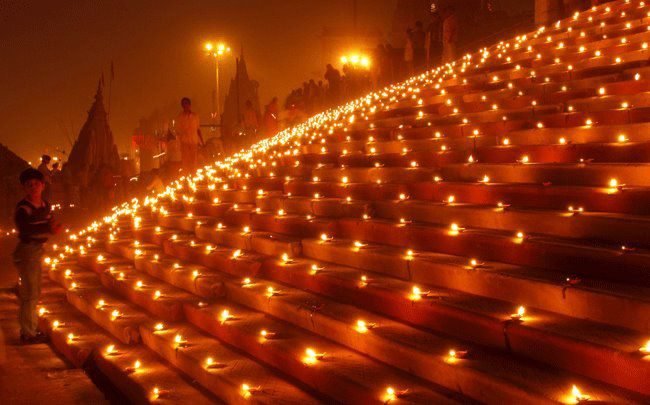
Mythological Significance of Dev Diwali
The mythology around Dev Diwali is such a vibrant tapestry of tales about Gods and demons and cosmic happenings. One of the most popular legends associated with the festival is that of Tarakasura, the demon, and Lord Shiva. The Hindu scriptures say that Tarakasura was a powerful and wicked demon who terrorized the universe and could only be killed by the son of Lord Shiva-Kartikeya. Kartikeya defeated Tarakasura after a fierce battle on Kartik Purnima; thus, peace and concord returned to the world. The consorted gods were jubilant, and hailed down from the heavenly spheres to bestow their light unto the earth; this thus gives thought to the festival, Dev Diwali.
Another legend links Dev Diwali with the story of Lord Vishnu, who took the form of Matsya the fish avatar to save the sacred Vedas from the demon Hayagriva. The prayers and rituals were done when the Vedas had been recovered on Kartik Purnima, which commemorates the restoration of divine knowledge and cosmic order. This connects devotion to Lord Vishnu and remains a celebration of great spiritual importance.
Dev Diwali is also viewed as an auspicious day for Ganga worship; as per the Hindu scriptures, Kartik Purnima is the anniversary of humankind’s coming together with Ganga. All who appreciate devotion may join the festival to honour Goddess Ganga. Pilgrims perform holy dips in the river and make a special puja to their ancestors. They ask for blessings for spiritual purification and liberation from the vicious circle of rebirth.
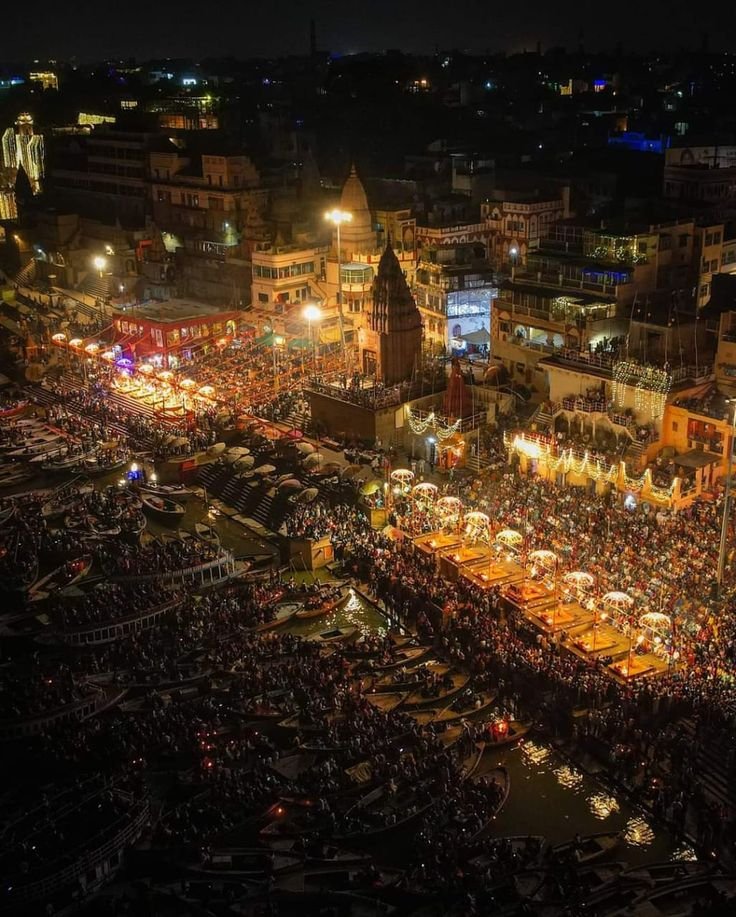
Worship and Rituals of Dev Diwali
The rituals of Dev Diwali are quite elaborate and very spiritual. Various ceremonies have attracted devotees from all over India. Starting with the ceremonial bath in the Ganga River at dawn known as Kartik Snan, the ritual cleansing is believed to purify the soul and absolve sins, getting devotees ready for a day filled with devotion and worship.
As the sun sets in Varanasi, the ghats get transformed into a spectacular scene. Millions of clay lamps known as diyas are lit and placed on the ghats, temples, and boats floating on the river by priests and devotees. The entire stretch of the Ganga is illuminated. This creates a heavenly ambience that justifies the name of the festival: the “Diwali of the Gods.” The gentle glitter of light on the river and the gentle whiff of devotional songs and chants transmutes the whole experience into a dimension that pulls people into a great spiritual realm.
At ghats that are more sacred like Dashashwamedh Ghat and Assi Ghat, the special Ganga Aarti ceremonies take place. The aarti is performed with massive multi-tiered oil lamps and accompanied by rhythmic chanting of mantras, the ringing of bells, and the beating of drums. Devotees offer flowers, incense, and prayers to the river goddess and seek her blessings for prosperity and good health. The Ganga Aarti is a beautifully performed ceremony that shows deep spiritual connectivity between the people and the holy river.
Places of worship in the city, such as Kashi Vishwanath Temple, are decorated in an artistic manner and special pujas are performed to Lord Shiva. Devotees also conduct puja for the hero of the festival, Lord Kartikeya, to thank him for his victory over the evil forces. Processions carrying especially decorated deities pass through the streets with music, dance, and fervent chanting.
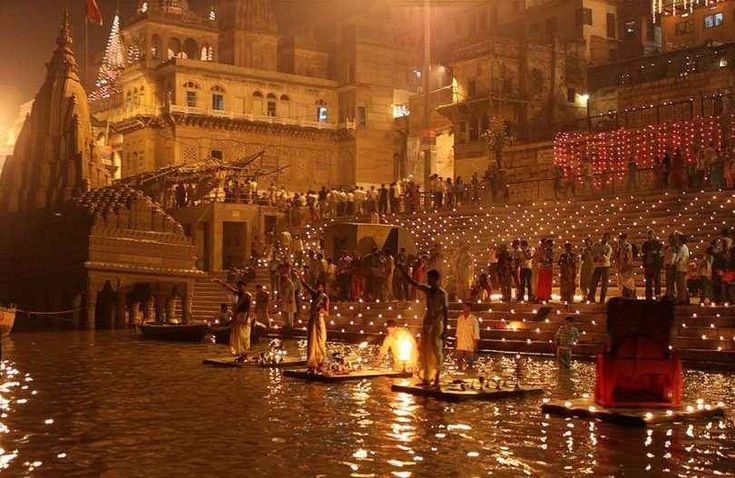
Sky lanterns, too, are lit and released into the night sky as prayers and hopes are taken up to the heavens. With hundreds of lanterns floating upwards, this adds more magic and ethereal elegance to the proceedings of Dev Diwali.
Dev Diwali Celebrations
Dev Diwali is widely celebrated in the entirety of India, however; the festival is most strongly pronounced in Varanasi, in Uttar Pradesh. The city’s ghats on the Ganges River are a major venue for the grandeur of celebration, brimming with hundreds of thousands of pilgrims and tourists. In Hinduism, Varanasi or Kashi is immensely revered as a city where the cycle of birth and rebirth is said to end. To celebrate Dev Diwali in Varanasi is seen as a great boon since it rests at the heart of the city’s religious history and holy geography.
Besides Varanasi, celebrations of Dev Diwali are also found across other parts of Uttar Pradesh, from Mathura to Ayodhya, with individual traditions and rituals pertaining to them. In cities such as Haridwar and Rishikesh, such a festival is gaining popularity; the Ganga side ghats, too, are triumphed over with lamps alike, and the river is worshipped with utmost reverence.
Other rituals in Bihar and Jharkhand include invocation of the Ganges and offering to deities, particularly Lord Shiva and Lord Kartikeya. The growing prominence of the festival in recent times highlights the universalistic appeal of celebrating the victory of divinity and cosmic equilibrium.
Spiritual Practices
The implications of Dev Diwali are very significant in Hindu mythology and religious philosophy: This festival strengthens certain fundamental ideals-the victory of good over evil, the divine intervention in human affairs, and nature venerated as light-a symbol of knowledge and spiritual regeneration. It serves to remind the observer of the chick’s forceful protection of the gods and the rhythmic parity of the cosmic dance that drives the mechanism of the universe.
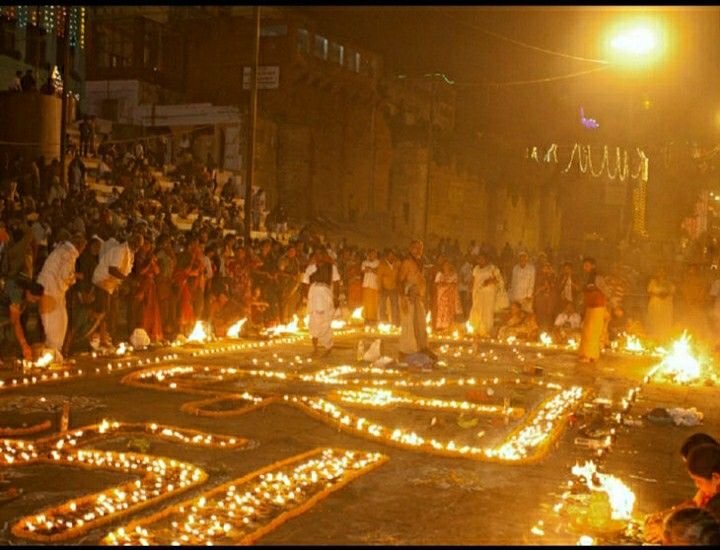
The spirit of appreciation, dedication, and ensuing purification of the soul is at the heart of the spiritual philosophy of Dev Diwali. This day is marked by various festivals and bathing rituals that connote the belief in the purifying efficacies of sacred waters. This day, the illuminating oil lamps on the ghats symbolize the testing of darkness from one’s soul, thereby offering new inspiration and divine communication.
The emphasis on public festivities and common rites further reinforces the social and cultural fabric of the Hindu communities. The returning devotees join together to light lamps, say prayers, and perform Ganga Aarti collectively, stimulating the spiritual energy in which differences of each are dissolved. This communal aspect of dev Diwali thus strengthens a sense of oneness and common spiritual purpose.
Conclusion
Dev Diwali exemplifies Hindu spirituality with great beauty. The festival knits together mythology, rituals, and geography into a visually stunning and spiritually rich cogent celebration. The festival is accentuated by its nebulous initiation in the sacred setting of Varanasi, associated with celestial victories, suggesting the continued relevance of ancient Hindu values during these modern times.
The ghats of Varanasi are illuminated with a dazzling number of oil lamps on Dev Diwali, which glow with everlasting hope, faith, and the abiding power of light to dispel darkness. It is the time of reflection, gratitude, and spiritual rejuvenation, paying tribute to connect with the divine and rejoicing in the great cosmic forces that govern the universe.
In the greater context of Hindu mythology, Dev Diwali cements the belief in the cyclical triumph of good over evil and the tender grace of the gods. Rituals and ceremonies still inspire one’s generation, rendering the festival a cherished and meaningful aspect of Hindu culture for years to come.
